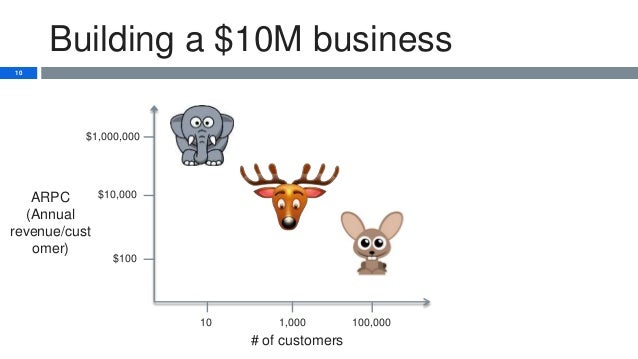India notes
Wed Sep 18
You're all excited to leave the car takes you to the airport you check in wait in line through security walk the terminal to your gate wait for birding ask a question at the gate sit down and wait some more go to the newsstand and read the covers of magazines and blurbs on books sit down and wait some more and they call your flight ready for birding but children and vets and first clas and business class and then group and then group 2 and so in and finally your group and you stand n line to board and then stand in line in the gangway and then stand n line in the aisle and finally you sit and then the plane is taxiing out and the it's sitting waiting it's turn and then come to the sudden realization that you still haven't left. You're still at the beginning of your trip.
With a car trip, you've left once you pull out of the driveway.
Thu Sep 19
Flight - time change of 10 1/2 hours means leaving Wed night and a flight of 13 hours leads to arriving Thu evening. So a day spent on a plane.
Kids trying to sell stuff while mom sits on curb nearby. At night. Across a lane of traffic. To a bus whose windows don’t open.
Fri Sep 20
Breakfast
Park
Drive to old Delhi
Red fort
Jam masjid
Muslim call 'hum'
Rickshaw through old Delhi
Narrow streets, lots of electric wires overhead
Red haired malnutrition?
Books paper saris marriage invitations car parts
Lime drinks
Plant growing out top of mosque
Beggar girls
Electric lines
Delhi gate
Cricket stadium million dollar arm
School children
Police stations
Government court bldgs
Pictures of peoples faces
India gate
Traffic
Movable Police barricades
Great trees and greenery everywhere
Trash in streets (not at all in gov area);
Lunch Chinese
Not as hazy as everyone said
Humayun's tomb
I love being driven around and just looking out the window
Sat Sep 21
People exercising in the park
How do sikhs wear motorcycle helmets?
Scooter w driver, mom and baby going wrong way down left side
Lots of trees flowering
Piles of rubble, bricks
Lots of roadside litter, lots
Shanty towns
Lying down on concrete, lying down most anywhere
A lot of signage, but a lot falling apart
'Colony' walled compound
Oyo, Yes bank
Hanuman monkey god bachelors, masculinity
Ganesha elephant god, welcoming
Noida high rises, call centers
Clean highway
Sport bicycle on highway
People drive slow
Women side saddle on back of motorcycle
Rest stops w Starbucks and dominos but good chai and paratha (chole...)
Scooter being pulled by car on hiway, scooter a few feet in front reading cellphone
Small white herons
Big cow in middle of congested hw but no noticeable difference in traffic
Huts in fields really silage storage
Watering truck for median strip plants
Brick kiln towers
Millet fields,
'Horn please' on back of small trucks
Perfection only by god, add an imperfection
Dinner at Pinch of Spice (lots of Indian family tourists)
Sun Sep 22
Breakfast sambas idli masala tea
Taj Mahal
Lunch D'Delicia paneer butter masala, chicken w gravy
Taxi ride to baby taj- trial run for Taj Mahal totally the same
Agra fort
School groups in uniform
Mon sep 23
Breakfast sambaridlichai
Bus to Jaipur
Peacock in middle of field
Large bus coming down our side of hway
Lots of trucks
Lots of informal roadside stops
For all the animals in the middle of the street, I've seen no animal carcasses/injured animals. No dog poop but enough cow poop
Lots of visible electric substations right on roadside
Shikrit ghost town fort by Akbar
Shift to Lahore
New Delhi, Agra flat, Rajasthani flat but with small hills in distance
Dried river bed
Lunch after step well
Tue sep 24
Jaipur
Breakfast buffet
Jaipur old town pink city
English wine shop
Harem viewing facade
Much cleaner than ND Agra
Sidewalks few cows in city
Camels
Lake palace
Swastikas
Amer fort
Elephants
Dinner at 'royalty'
👑
Wed Sep 25
Dosa for breakfast
Anniversary
Drive to ND
In Jaipur trash heap people dumping bags, some picking through to put in bags
People walk across the street like they just don't care, supreme confidence that cars will deal with it.
Small hills, mostly flat
Roma are from around here
Hero motorcycle plant
Huge cement plant
Continuous road side civilization but farms beyond
Road repair is on main hiway to p layer scraper followed by asphalt
Camels in rajasthan
Trucks decorated
Hard sell everywhere, in your face unrelenting
Motorcycles in the rain
Trucks buses motorcycles autos green/yellow taxis
Thu sep 26
Day w sunjeeta
Old Delhi
All x are y but not all y are x
Jain alley
Chaat
Spice market
Haldiram’s
Sundials
Hindu temple
Regular market
Fri dec 27
TripAdvisor for intrepid sunjeeta cox and kings abhay Gupta sripad driver in Agra
Driving
Honking constantly
Cows in the middle of the road walking or lying down
Lane markings are barely suggestions even on superhighway
Dogs not in packs very chill everywhere it not cats
Salespeople hawkers in your face will not go away even when you say no





/cdn.vox-cdn.com/uploads/chorus_image/image/58137835/BlackMirror_S4_ArkAngel_00760_V1_1.0.jpg)


